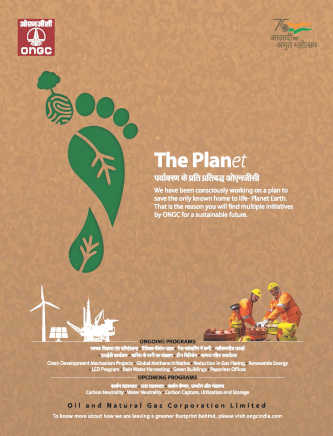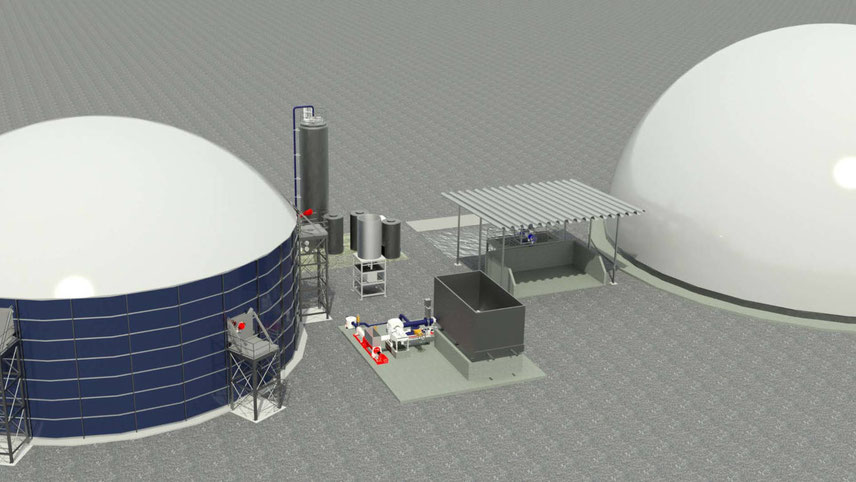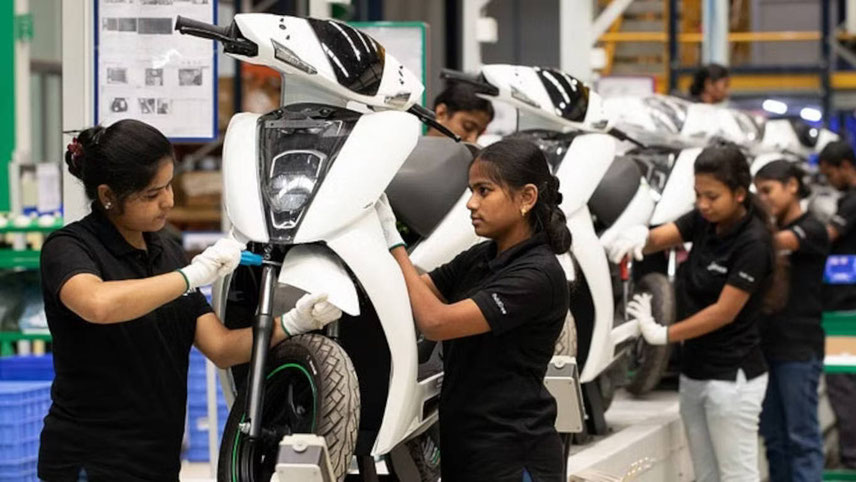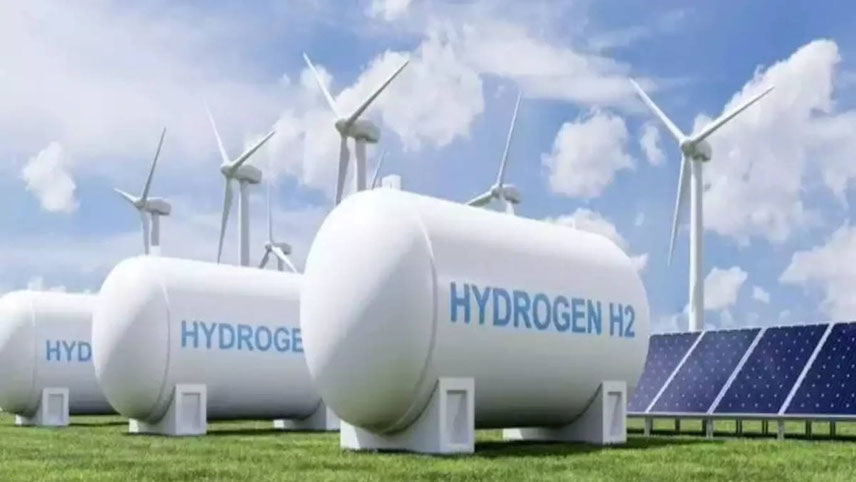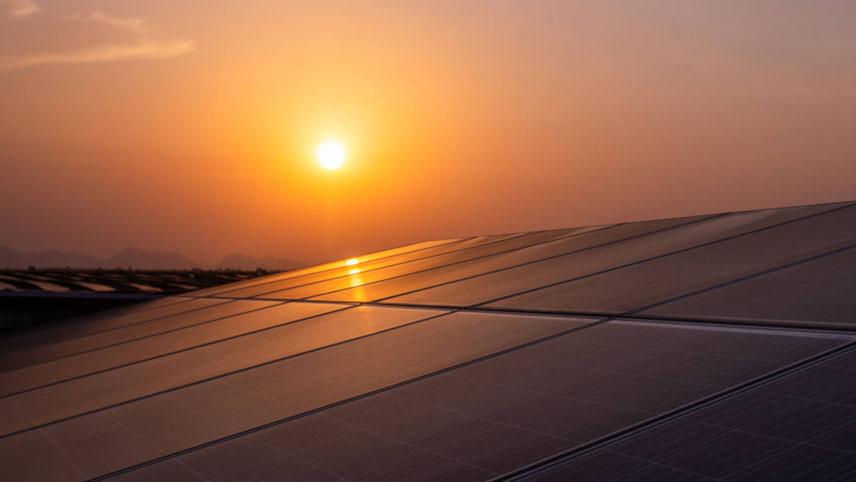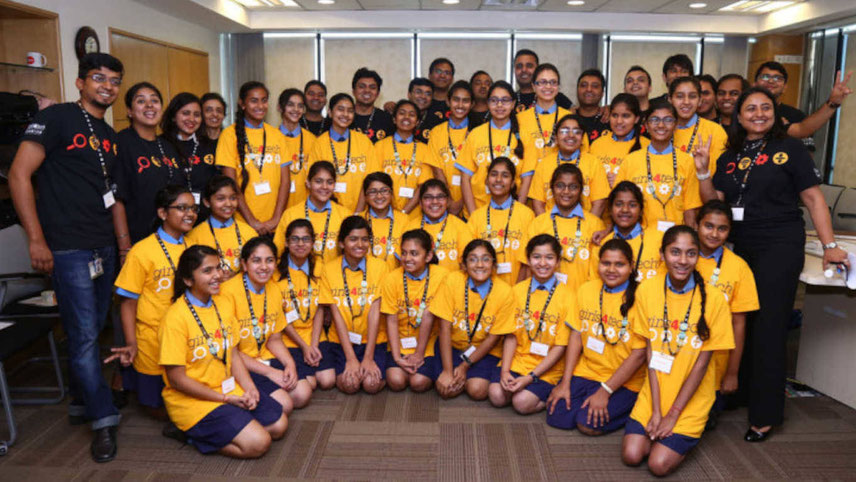Air pollution has cut energy output of solar panels in a significant way in India, find researchers. Air pollution in the country is reducing the energy output of some solar panels as much as 52 per cent, said researchers at the Centre for Atmospheric Sciences at the Indian Institute of Technology – Delhi. Researchers Sagnik Dey and Dilip Ganguly, and their colleagues, who have modelled the effects of particulate pollution on solar irradiance in 2001-2018, calculate that the successful implementation of India’s National Clean Air Programme would allow the country to generate an extra 6-16 TWh of solar electricity every year. Solar energy is playing a crucial role in the country’s transition to renewable energy. Having abundant insolation, the country was ranked fifth in the world for solar energy capacity in 2020. However, parts of India suffer from high and growing levels of particulate air pollution, which reduces the capacity of solar panels in two ways. First, particulates in the air block sunlight, reducing the amount that reaches panels in a process called atmospheric attenuation. Second, particulates build up on the surfaces of panels, blocking sunlight in what is called the soiling effect. In their latest research, the team modelled how atmospheric attenuation and soiling affected India’s solar-energy output in 2001-2018. Their analysis of soiling considered both particulate deposition on panels and how this dirt is washed away by rain. The team used data from NASA’s satellite-borne Clouds and the Earth’s Radiant Energy System (CERES) instruments to work out the solar irradiance of India and the country’s five power grids. This was verified by using ground-based observations and other relevant data sets. The effect of aerosols on light reaching the ground was calculated using data from NASA’s Moderate Resolution Imaging Spectroradiometer (MODIS). This was used to work out the concentrations of fine particulate matter smaller than 2.5 micron in the air over India. The team found that the impact of attenuation and soiling was greatest in the region of the country’s eastern power grid, with 16 percent less sunlight reaching horizontal solar panels over 2001-2018. The northern and western grids suffered 12 per cent losses each on horizontal panels, while sunlight falling on the southern and north-eastern grids was reduced by 10 per cent and 11 per cent respectively. The impact was much higher on panels that are tilted or track the position of the Sun. Indeed, the team calculated that dual-axis tracking panels in the eastern grid suffered a 52 per cent reduction in sunlight from pollution. In terms of overall loss of electricity generation for all of India, there was a reduction of 12 per cent for horizontal panels and 41 per cent for dual-axis panels. The team calculated that this loss of capacity translates into hundreds of millions of dollars annually. The team concludes that there would be significant benefits to solar energy generation with the successful implementation of India’s National Clean Air Programme. This aims to reduce aerosol pollution by 20-30 per cent (compared to 2017 levels) by 2024. They also point out that aerosol pollution is linked to increased cloud cover, so the gains from clean air could be even bigger.
-

Particulates in the air block sunlight, reducing the amount that reaches panels in a process called atmospheric attenuation







